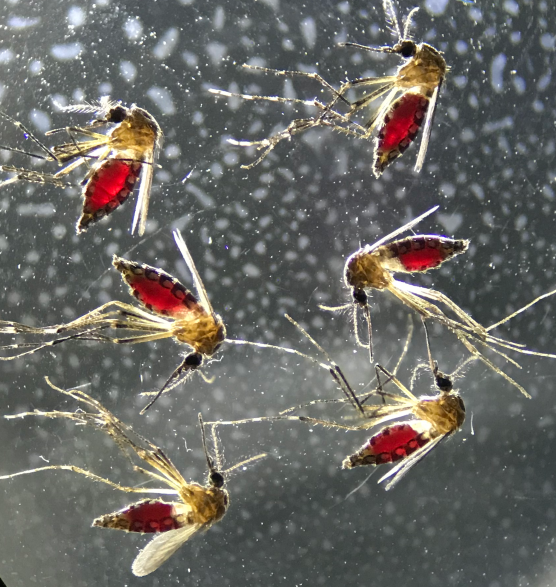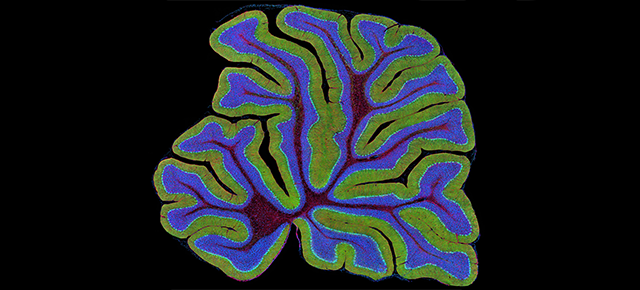Image of the Month: Aedes aegypti mosquitoes after a blood meal

The mosquito Aedes aegypti is one of the most dangerous animals on the planet. It can transmit Zika virus, chikungunya virus, dengue virus and yellow fever virus.
The World Health Organization has estimated that 100 million dengue virus infections and 22,000 deaths occur yearly worldwide, mostly among children. According to the Centers for Disease Control and Prevention, more than one-third of the world’s population lives in areas at risk of infection, making the dengue virus a leading cause of illness and death in the tropics and subtropics.
In her lab at Baylor College of Medicine, Dr. Rebecca Rico-Hesse investigates how mosquito-transmitted viruses, including dengue virus, cause disease.
“One of the main limitations for studying dengue fever is that the dengue virus only causes the disease in humans; no other animals can be used as models of the condition to develop preventive and therapeutic measures,” Rico-Hesse said. “To overcome this challenge, we have been working with a mouse model of the human immune system.”
Recently, Rico-Hesse and her colleagues reported evidence that mosquitoes are not just acting like ‘syringes,’ merely injecting viruses into the animals they feed on. Their saliva seems to contribute significantly to the development of the disease, which has prompted Rico-Hesse and her colleagues to investigate what this role might be.
Read more about dengue fever and other mosquito-borne diseases, here.

Dr. Rico-Hesse is professor of molecular virology and microbiology at Baylor College of Medicine.



